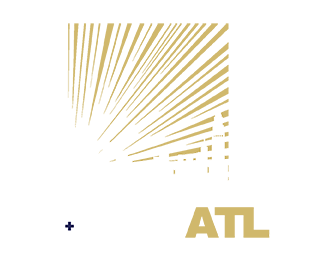Car accidents are prevalent in the U.S. – it records the most road crash deaths,…
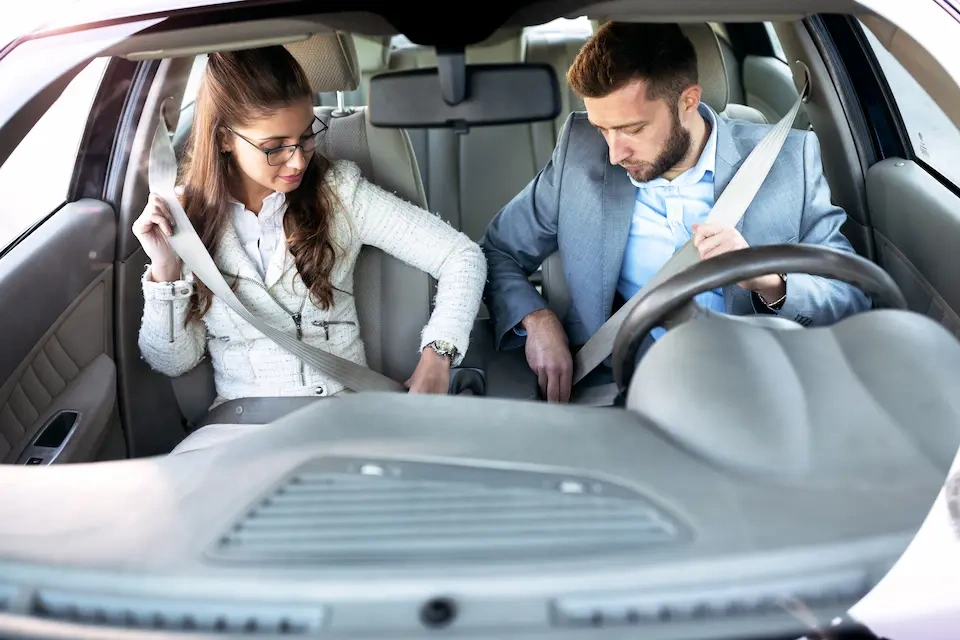
Passenger vehicles sold in the United States have been equipped with three-point safety belts since the 1970s. Seat belts are mandatory safety items in all new cars, trucks, and SUVs because they prevent vehicle occupants from being ejected in a crash and save lives. According to the National Highway Traffic Safety Administration, seat belt use has reduced car accident fatalities by about 43%.
While they play a crucial role in preventing ejections and saving lives, seat belts can also potentially cause serious injuries. Nathan Fitzpatrick is an experienced car accident attorney who has advocated on behalf of hundreds of car accident victims. In this article, he will look at the most common seat belt injuries and describe the things you can do to avoid them. He will also explain the steps you could take to pursue compensation if you suffer a seat belt injury in a motor vehicle accident.
The Importance of Understanding Seat Belt Syndrome
Seat belt syndrome is a term doctors use to describe the internal damage that seat belts can cause. These injuries do not always present symptoms right away, which is why they often go undiagnosed. To reduce your chances of suffering a seat belt-related injury, you should adjust the shoulder strap to make sure that it does not rest on your neck.
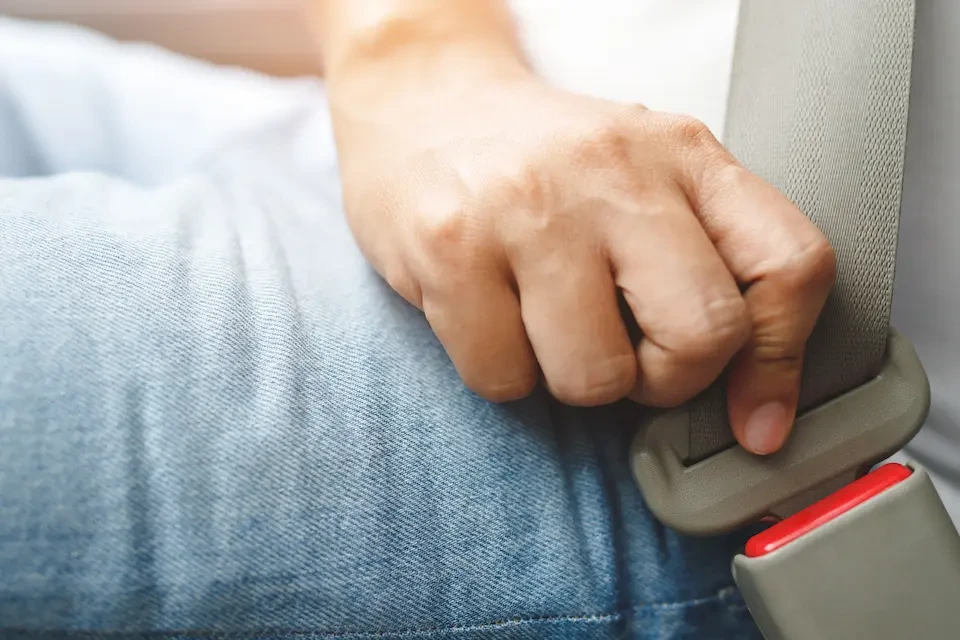
The Dual Role of Seat Belts: Protection and Potential Injury
Seat belts are a key safety feature in vehicles, primarily intended to protect passengers during a crash. However, they can also be a source of injury in certain situations. This dual nature comes from the way they work and the forces involved in a car accident.
How Seatbelts Work in a Crash
Seat belts are designed to hold motor vehicle occupants in place during a collision. Their primary function is to prevent passengers from being thrown out of the vehicle or into hard surfaces inside it. This is particularly important because inertia - an object's tendency to keep moving until acted upon by an external force - would otherwise propel occupants forward in a sudden stop.
So, when a car strikes another vehicle or a stationary object like a tree or lamp post, the people inside it will continue to move forward. This momentum can be very powerful when vehicles crash at high speeds.
When these forces are transmitted to the body by a seat belt, the pressure applied to the neck, chest, and abdomen can cause lacerations and severe internal and other types of bodily injuries. Defective belts can also cause seat belt related injuries.
The mechanism of a seatbelt involves an internal retraction system, which includes a spool and spring box that allows the belt to be adjusted for comfort and fit. In the event of a crash, this system locks, holding the wearer securely in place. This locking is triggered by sudden movements of the vehicle, indicating a potential crash situation.
The mechanics of seat belts during an accident
Seatbelts are designed to distribute crash forces across some of the stronger parts of the body, such as the pelvis and rib cage, to minimize injury. A typical seatbelt consists of a lap belt, which covers the pelvis, and a shoulder belt, which extends across the chest. By spreading the stopping force across these areas, seatbelts effectively reduce the impact on more vulnerable parts like the head and spine.
Additionally, when safety belts are worn properly, they protect internal organs by transmitting the forces of a collision to bones like the pelvis, ribs, and clavicle. Seat belt injuries are less severe when passenger vehicle occupants are held firmly in place and do not move, which is why many cars now feature seat belt pretensioners. These devices are usually triggered by the same electronic system that activates vehicle airbags, and they cinch the belts to hold vehicle occupants firmly in place when airbags are deployed.
The balance between safety and potential injuries
While seat belts can cause injuries in a car accident, the risks of not wearing them are far greater. Unrestrained vehicle occupants are exposed to much more severe injuries due to blunt force trauma from impacts with windshields, dashboards, and steering wheels. The statistics are clear and alarming regarding being thrown from the vehicle, too: Individuals not wearing a seatbelt are 30 times more likely to be ejected from a vehicle during a crash.
Such ejections almost invariably lead to severe injuries or fatalities, with over three-quarters of those ejected in fatal crashes not surviving their injuries. This data underscores the significant role of seatbelts in preventing ejection from the vehicle during a crash. Therefore, despite the potential for seatbelt-related injuries, the importance of always wearing a seatbelt for overall safety cannot be overstated.

Types of Seat Belt Injuries
Seat belt injuries can be separated into two basic categories. External bruising and abrasions and severe internal injuries. When emergency room doctors suspect that car accident victims have suffered internal harm, they look for what is known as the “seat belt sign.” This is discoloration of the abdominal wall caused by bleeding beneath the skin. The internal bleeding and discoloration are caused by the force of an accident being transmitted to the abdomen by a lap belt.
The difference between minor abrasions and severe internal injuries
Most seat belt injuries are minor bruises and lacerations on the neck, chest and abdomen. These injuries do not become worse over time and usually respond well to treatment. Internal injuries caused by safety belts are far more serious. Belts can damage internal organs, sever crucial blood vessels, and fracture bones. When car accident victims suffer these injuries, hospitalization is necessary and surgery may be required.
The impact of seat belts on the shoulder, chest, and abdomen
The shoulder, chest, and abdomen are the areas that are most likely to be injured by a seat belt because these are where the lap and shoulder belts make contact with the body. When the forces of a collision are transmitted to the body by a seat belt, ribs can crack, and clavicles can fracture. Seat belts can also cause soft-tissue injuries in areas of the body not protected by bone. Shoulder injuries can be especially debilitating because they are extremely painful, restrict movement, and take a long time to heal. This is why car accident victims who suffer shoulder injuries are often awarded significant compensation.
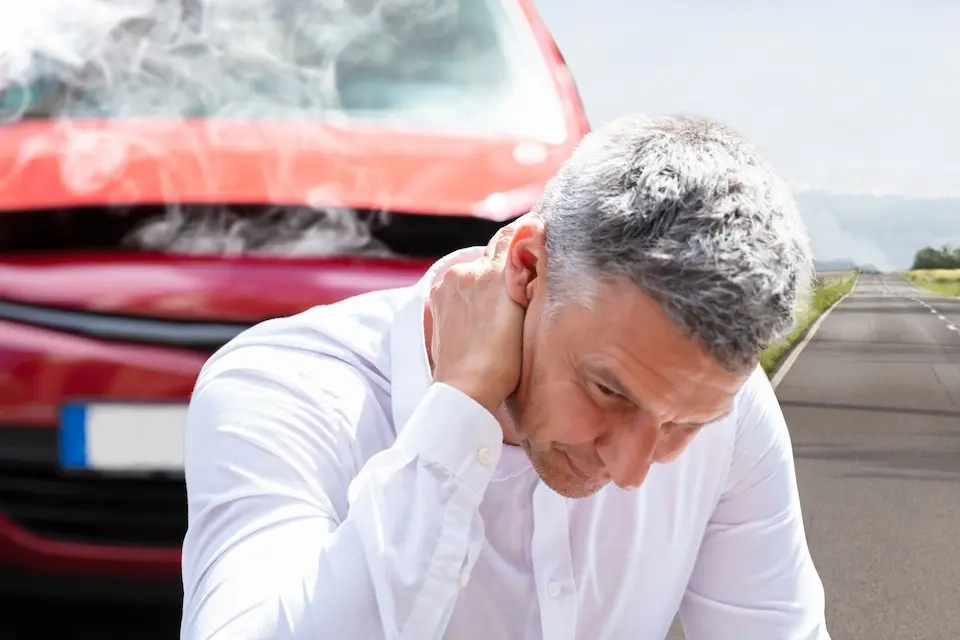
The Five Most Common Seat Belt Injuries
Now that we've explored the various types of seat belt injuries let's take a close look at the five most common ones:
1. Skin Abrasions and Ecchymosis
Seat belts are designed to hold the body in place gently, but they can still cause abrasions and subcutaneous bleeding in a serious motor vehicle accident. These bruises and abrasions are usually found on the chest, neck, and abdomen, and they are often a sign of serious internal injuries.
2. Fractures
Seat belts transmit the forces of a motor vehicle collision to parts of the body that are protected by bones, so fractures caused by safety restraints are fairly common when accidents occur at highway speeds. Some seat belt-related fractures, like broken clavicles and cracked ribs, are minor and heal quickly, but others are far more serious. A fractured sternum can damage the heart, and a fractured vertebrae can cause paralysis. Spinal injuries are less common today because vehicle restraints now feature shoulder as well as lap belts.
3. Soft-tissue Injuries
The pressure that belts apply to the upper body can cause muscle fibers and tendons to tear. These injuries are rarely deadly, but they restrict movement and can be very painful. The pain soft-tissue injuries cause is often masked by the adrenaline that is released following a crash, so many car accident victims do not realize that they have been hurt until hours later.
4. Abdominal Injuries
Another common and severe seat belt injury involves damage to the abdomen. Moreover, abdominal tears and organ damage can be made much worse by wearing a seat belt incorrectly. To prevent abdominal injuries and harm to your organs, lap belts should make contact with the pelvis. Also, shoulder belts should run across the torso and make contact with the shoulder. When belts are worn too loosely, contact the neck instead of the shoulder, or the shoulder strap is placed under the arm, car accident victims are more likely to suffer spleen, pancreas, kidney, liver or lung injuries.
5. Vascular Injuries
Vascular injuries are considered among the most severe seat belt injuries on this list. Seat belts cause rapid deceleration in a crash, which can tear or rupture blood vessels under the skin. This is what causes the symptoms that doctors call the seat belt sign. When accidents take place at extremely high speeds, this deceleration can rupture the aorta, which is the body’s largest artery. Seat belt-related aortic injuries are extremely rare, but they are almost always fatal.
Understanding Seat Belt Syndrome
Seat belt syndrome is the medical term used to describe safety belt-related internal injuries. This type of seat belt injury is challenging for doctors because they do not always present symptoms. This is why emergency room physicians often order imaging tests when car accident victims have been involved in high-speed crashes, even when they appear to have escaped unharmed. The most common tests ordered to diagnose these injuries are ultrasound and CT scans.
Recognizing the signs of internal injuries post-accident
The abdominal discoloration caused by subcutaneous bleeding that doctors call the seat belt sign is the most common visual symptom of serious seat belt-related internal trauma, but about 70% of the car accident victims who suffer these injuries do not have the seat belt sign. Other symptoms that could lead doctors to suspect that a car accident victim has suffered internal injuries include:
Light-headedness
Dizziness
Abdominal pain
Headaches
Swelling
The importance of immediate medical attention after an auto injury
Car accident victims should not assume that they have avoided serious injury simply because they feel no pain and there are no obvious signs of trauma. Adrenaline flows in the minutes following a motor vehicle accident, which can mask pain and hide symptoms. Many serious car accident injuries do not present symptoms until hours, days, or even weeks after a crash, so it is important to seek medical treatment right away. When treatment is not provided, injuries can worsen, and more physical therapy may be needed to restore mobility.
Preventing Seatbelt-Related Injuries
The best way to prevent seat belt-related injuries is to drive carefully and follow traffic laws to avoid crashing in the first place. However, even the safest and most diligent drivers can do little to avoid collisions when other road users ignore stop signs or red lights, cross into the path of oncoming traffic, or drive at dangerous speeds. In these situations, positioning a seat belt properly can prevent serious injuries.
Proper positioning of seat belts for optimal safety
Safety belts provide the most protection against serious injury when they are worn properly. When the lap belt contacts the body at the pelvis and the shoulder belt rests against the shoulders, the forces of a collision are transmitted to bones rather than unprotected internal organs and tissue. Most belts have an adjustable anchor located on the door pillar that can be moved up or down. This anchor should be adjusted to make sure that the shoulder belt contacts the clavicle and not the neck. Your belt should fit snugly, and vehicle occupants should sit upright and never place shoulder straps under their arms.
Special considerations for pregnant women and seat belt use
The forces safety belts transmit to motor vehicle occupants can seriously injure unborn children in even minor collisions, so pregnant women should take extra care when buckling up. There are certain safety tips expectancy mothers can follow to use set belts correctly. First, the safest type to wear is a combination of lap and shoulder seat belts. Also, lap belts should be placed below rather than across the belly, and shoulder straps should always be fastened. Pregnant women should also make sure that they sit at least 10 inches from the steering wheel, as a deploying airbag can injure an unborn child.
Legal Recourse for Seatbelt Injuries
A motorist who suffers a seat belt injury would likely have been hurt far more seriously if they had not been restrained. However, that does not mean they do not deserve compensation for their injury, loss, or damage. If you are injured in a motor vehicle accident that was not your fault, you can sue the negligent party or file a claim with their insurance company.
When to consider a personal injury claim
If you are injured in an accident, you should consider filing a personal injury claim even if you are partly to blame. Georgia follows the modified comparative negligence doctrine in personal injury cases, which means you will be entitled to compensation after an accident as long as you are less than 50% responsible. If you decide to pursue compensation, you will probably take action against the negligent driver who caused the accident. Additionally, if a defective seat belt caused your seatbelt-related injuries, you could file a product liability lawsuit against the vehicle manufacturer.
The role of a personal injury lawyer in seat belt injury cases
You could negotiate your own settlement with an insurance company or represent yourself in court, but you will probably receive a more generous settlement or award if you hire a skilled personal injury attorney to advocate on your behalf. An experienced lawyer will have negotiated with insurance companies dozens or even hundreds of times, so they will know how to deal with their obfuscation and delaying tactics. If negotiations do not lead to an acceptable settlement offer, an attorney could file a lawsuit on your behalf.
Request a Complementary Case Review From The Car Accident Attorney Nathan Fitzpatrick
Blunt force trauma injuries caused by safety belts can be painful and debilitating, and the people who suffer them are entitled to compensation when negligent road users or car manufacturers that fitted defective seat belts are to blame. If you suffer seat belt-related abrasions or internal injuries in an accident that was not your fault, the experienced attorneys at the Fitzpatrick Law Firm could seek compensation on your behalf. We have recovered millions of dollars for our clients, and we never leave money on the table. If you would like to schedule a free consultation to discuss your legal options, you can call us at (678) 607-5550 or complete the form below.
